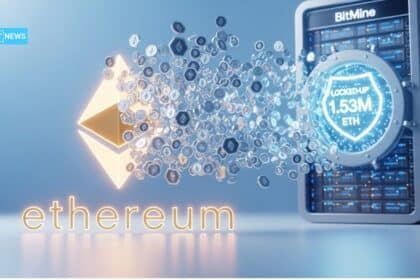Five Forces Shaping Bitcoin in 2026 that Analysts Say Matter Most
This article was first published on Deythere. Bitcoin is no longer just a…
Bitcoin Funding Rate Signals Caution After Rally Stalls Near $97,000
This article was first published on Deythere. Bitcoin funding rate data shaped…
State Street Launches Tokenization Platform for Funds and Digital Cash
State Street has stepped deeper into on-chain finance with the launch of…
How Iranians Seek Refuge in Bitcoin as Protests Shake the Economy
This article was first published on Deythere. Iranian citizens have begun withdrawing…
Did the U.S. Seize Venezuela’s Bitcoin?
This article was first published on Deythere. The Trump Maduro clash has…
GENIUS Act Stablecoin Loophole Explained: Why Banks Are Sounding the Alarm
This article was first published on Deythere. The stablecoin loophole in the…
Aprovação da Ripple pela EMI desencadeia nova onda de disrupção nos pagamentos da UE
Este artigo foi publicado originalmente no Deythere. A aprovação da Ripple como…
Ripple Expands in Europe With EMI Approval as MiCA Regulation Nears
This article was first published on Deythere. Ripple EMI approval has captured…
Decentralized Stablecoins Under Pressure as Vitalik Highlights Design Flaws
This article was first published on Deythere.Decentralized stablecoins are at the core…
Ethereum Staking Hits 30% of Supply as Institutional Lockups Rise
This article was first published on Deythere. The Ethereum staking ecosystem has…




















































































































